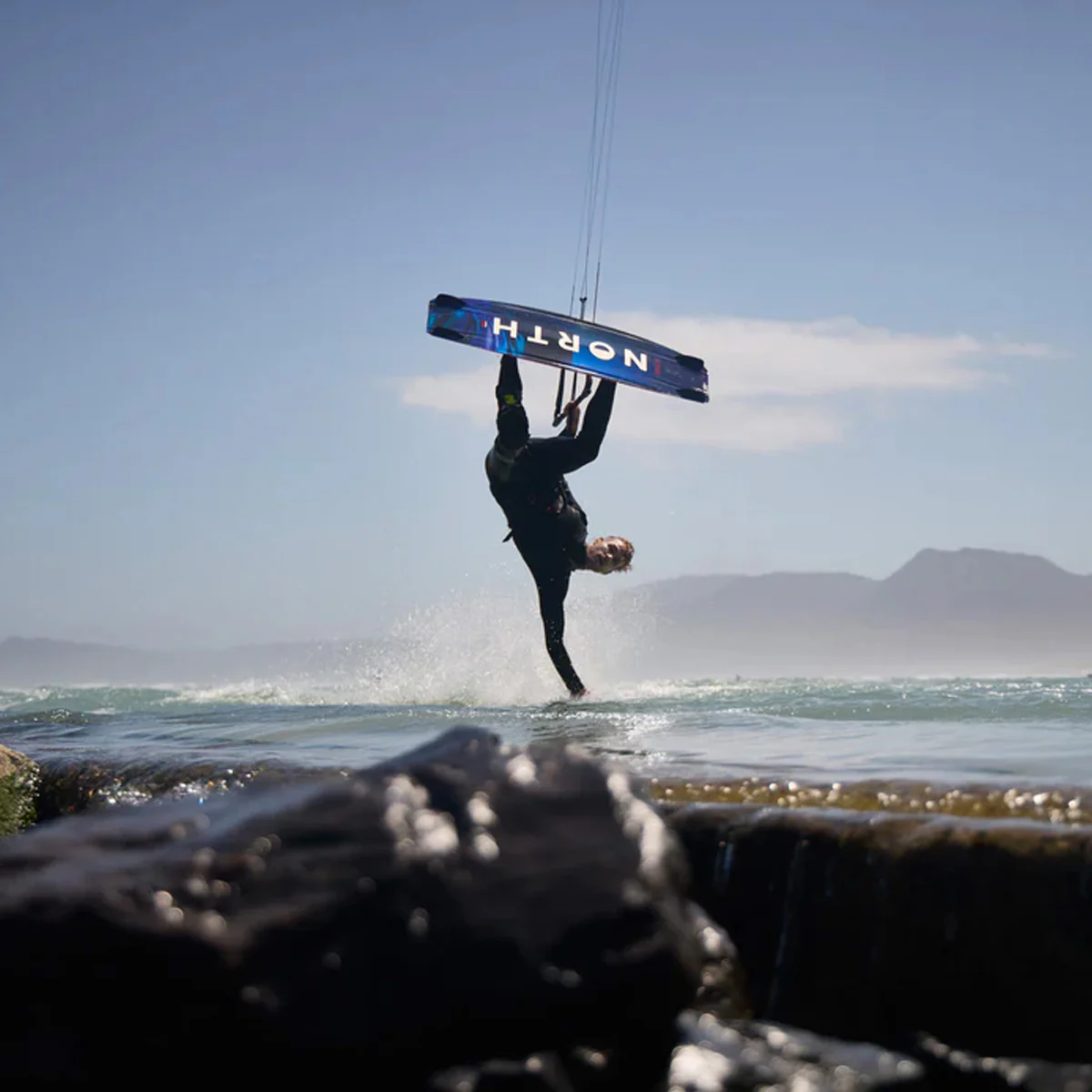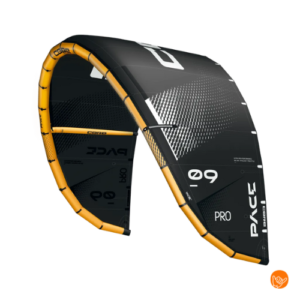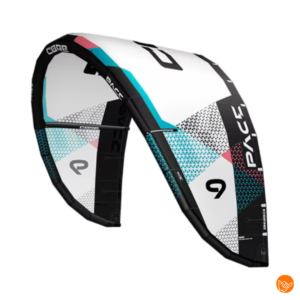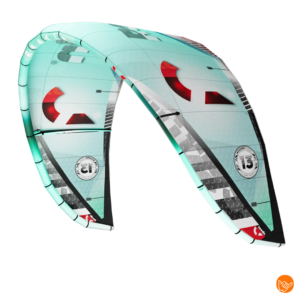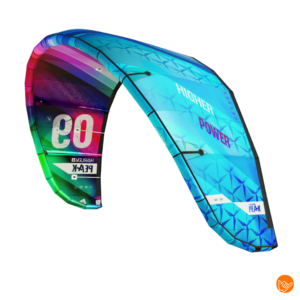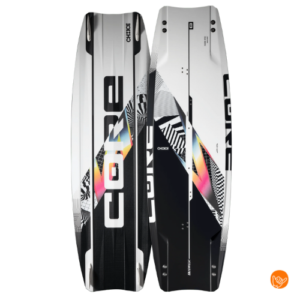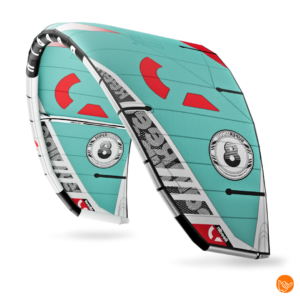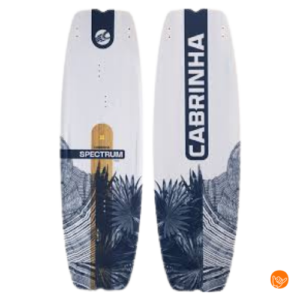Choosing the right kite depends on wind strength: in light wind (10-15 knots) you use large kites of 12-15m, in moderate wind (16-25 knots) kites of 9-12m are ideal, and in strong wind (25+ knots) you choose small kites of 6-9m. Your body weight, experience and kite type also determine which size best suits your kitesurfing.
What do the different wind forces mean for kitesurfing?
Wind force is measured on the Beaufort scale and in knots, with each wind speed making different demands on your kite sizes and techniques. For kitesurfers, wind speeds between 12-30 knots are most interesting, as this is the range in which most kites perform optimally.
The wind strength directly determines how much power your kite generates. In light winds, you need more kite surface area to create enough elevator, while strong winds call for smaller kites for control and safety. The wrong kite size wind combination can lead to dangerous situations or just bad kitesurfing.
Experienced kitesurfers learn to "read" the wind by watching waves, flag waving and other visual cues. This helps in estimating the right kite size before you hit the water. Modern weather stations and kitesurfing apps provide accurate wind forecasts that are essential for proper preparation.
What kite size do you need in light winds (10-15 knots)?
In light winds between 10-15 knots you have large kites of 12-15 meters needed to generate enough power. This kite size wind ratio ensures that you get enough elevator to plan and jump even when the wind is weak.
Light wind kitesurfing requires specific techniques and patience. Larger kites have more surface area to catch the available wind, but are also slower in response. You must move your kite more actively through the wind window to maintain power.
Tips for optimal kitesurfing in light winds:
- Use a larger board for more buoyancy
- Choose a kite with good low-end performance
- Move your kite in figure-8 patterns for extra power
- Wait for wind gusts before your water starts
With our kitesurfing subscription you will find several light wind kites such as the Naish Pivot and Core XR8, perfect for these conditions. These kites are specially designed for maximum performance in low wind conditions.
How to choose the right kite in moderate to strong winds (16-25 knots)?
Moderate to strong winds of 16-25 knots is ideal for kites between 9-12 meters, depending on your weight and experience. This wind window offers the perfect balance of power and control, making it suitable for all kitesurfers from beginner to advanced.
In these wind conditions, most kites perform optimally. You have enough power for jumps and tricks, but still maintain good control of your kite. This is the wind force kitesurfing range in which beginners learn fastest and experienced riders have the most fun.
Choice factors for these wind conditions:
- Body Weight: Heavier riders choose larger kites (11-12m)
- Experience: Beginners better start with slightly smaller kites for control
- Kite type: Freeride kites offer more depower than freestyle kites
- Target: For jumping you choose different sizes than for cruising
Popular all-around kites such as the Slingshot Code and North Orbit work great in this wind window and are available in our flexible subscription system.
When do you use small kites in strong winds (25+ knots)?
In strong winds above 25 knots are small kites of 6-9 meters essential for safety and control. Larger kites become uncontrollably powerful and can create dangerous situations in these wind force kitesurfing conditions.
Hard wind kitesurfing requires experience and respect for the elements. Small kites give you the control you need, but require good technique because they are less stable than large kites. The kite responds faster and more directly to your input.
Safety considerations in high winds:
- Always check your safety systems for water
- Start with the smallest kite you have
- Practice your launches and landings on the beach first
- Avoid overpopulated spots
- Always have a backup plan for emergencies
Experienced kitesurfers enjoy the intense power and speed that strong winds offer. With the right small kite, you can jump extremely high and perform technical tricks that are impossible in lighter winds.
What other factors determine your kite choice besides wind power?
In addition to determining wind power Body weight, experience, kite type and water conditions Which kite size is optimal. An 80kg kiter has different needs than a 60kg kiter, even in the same wind force. These factors work together to determine your ideal kite wind setup.
Your body weight is crucial: heavier riders need more kite surface area to achieve the same performance as lighter kitesurfers. A rule of thumb is that for every 10kg of extra weight you need about 1m² more kite surface area.
Water conditions also play an important role. In choppy water, you need more power than on flat water. Waves and currents affect how your kite performs and which size is best suited.
For beginner kitesurfers, we recommend starting with kites that depower well and are stable. Freestyle kites are more aggressive but harder to control than freeride models. Wave kites are again tuned differently for surf conditions.
At GoShaka, we understand that the perfect kite choice can be complex. That's why we offer a flexible subscription with which you can try out different kites. You can easily get your put together a set and change as your needs change. Have questions about which kite is best for your situation? Get in touch with us for personalized advice on kite wind combinations.

